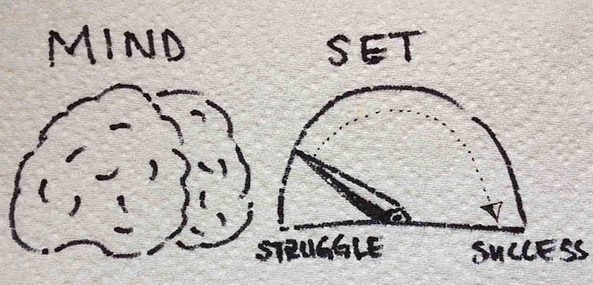The head can be a huge factor in one’s nonverbal communication skills. These following tips will be helpful for those seeking to improve their body language skills:
Lowered
Lowering one’s head signifies defense. A lowered head covers ones neck and chin, resulting in a defensive stance against external threats.
A lowered head also signifies a sign of submission or defeat; usually, the one lowering the head cannot look at the other straight in the eye. A lowered head may also be a sign of intimidation or fear.
In certain cases, the head is lowered but eye contact in maintained. This gives a whole new meaning to this body language. Maintaining eye contact while lowering the head could signify flirtation or defiance.
However, in some cases, a lowered head is just a signal of tiredness.
Raised
Raising the head can be interpreted as a sign of interest and enthusiasm. A sudden upward shift in one’s head could signify a change in the point of interest of the subject.
A raised head looking at the ceiling may signify boredom. Sometimes, people stare at the ceiling to think of ideas or to focus on the sounds of the room.
Tilted
A tilted head is usually interpreted as a sign of interest or curiosity. A person that has a tilted head may be intrigued by the subject, tilting the head as a sign of thoughtfulness.
A curious person will also tilt the head, looking at the subject in a different point of view, hoping to see something new. Head tilting could also be accompanied by the head being pushed forward, indicating engagement.
Nodding and shaking
An up and down head movement is a near-universal sign of agreement. An energetic nod signifies a strong agreement, while a slow nod may signify a slight agreement.
Shaking the head from side to side indicates refusal or disagreement. Like nodding, the enthusiasm of the shake indicates the degree of the disagreement.
While talking, nodding or shaking the head may influence the listener to agree with the speaker.
A rotating head is usually just used when a person relieves a stiff neck.
In some occasions, the head is rotated so that the ear points at the speaker to hear them better. This should be accompanied by eye contact or else it could be a sign of rudeness and disinterest.
 Mentalist Ehud Segev (The Mentalizer) New York City NYC Successful Mind
Mentalist Ehud Segev (The Mentalizer) New York City NYC Successful Mind







